Spanish Immersion
Children in MCS' immersion program achieve bilingualism and biliteracy in Spanish and English by 6th grade while exploring and mastering the full breadth of the Montessori elementary curriculum.

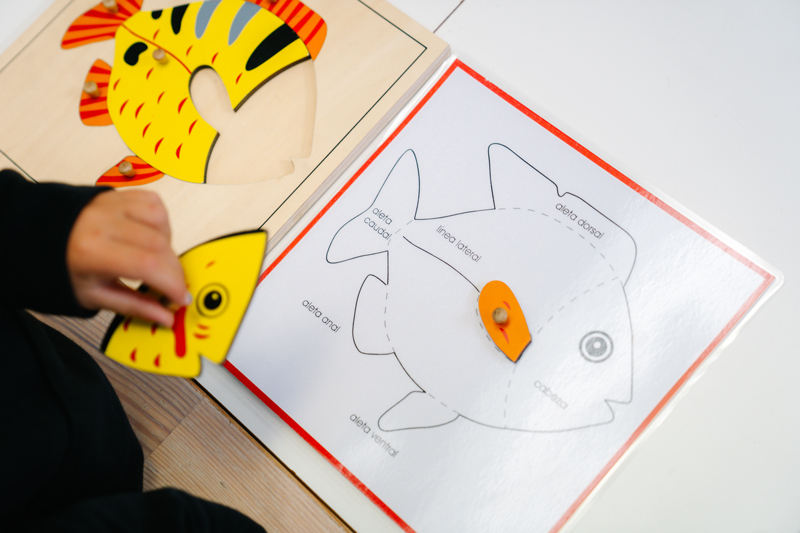
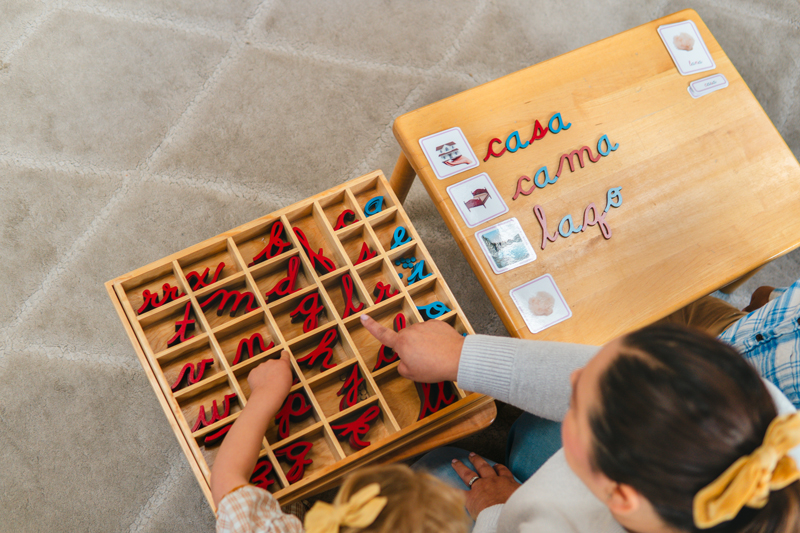
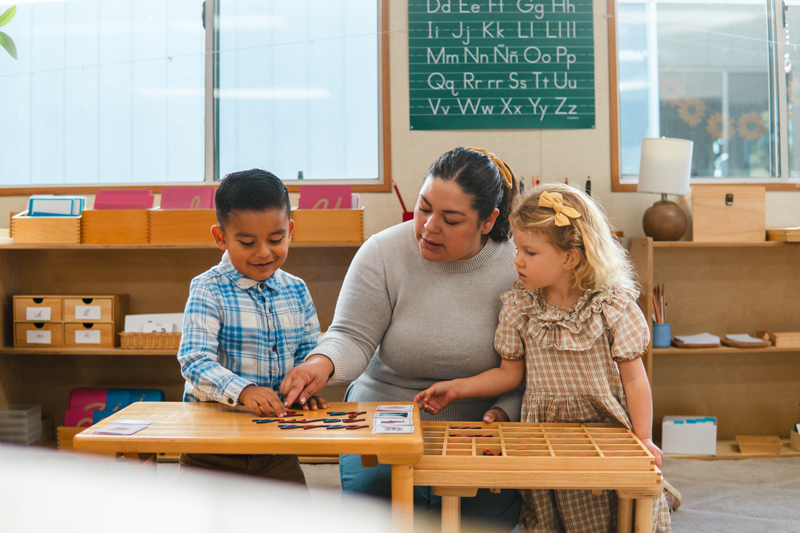
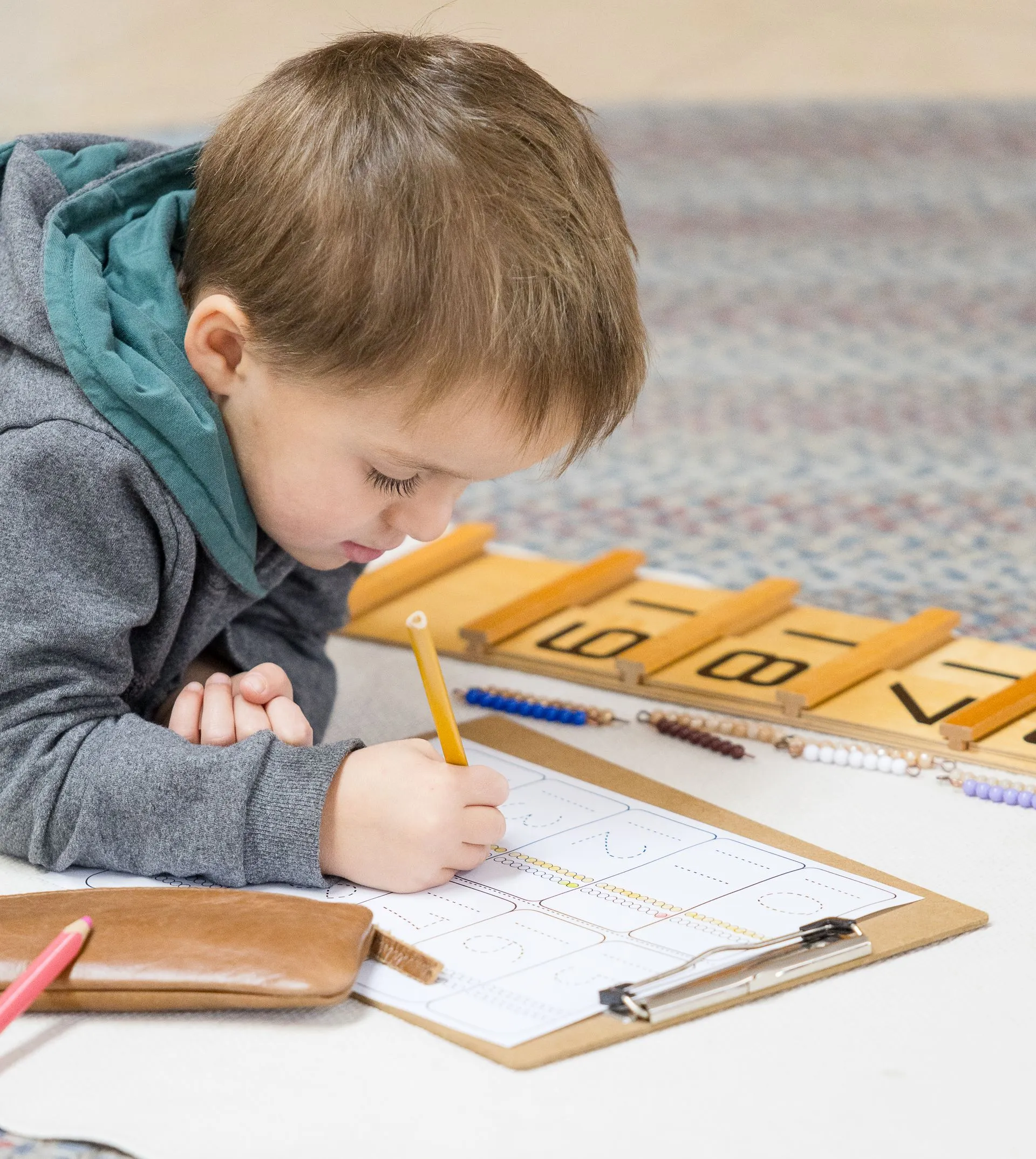
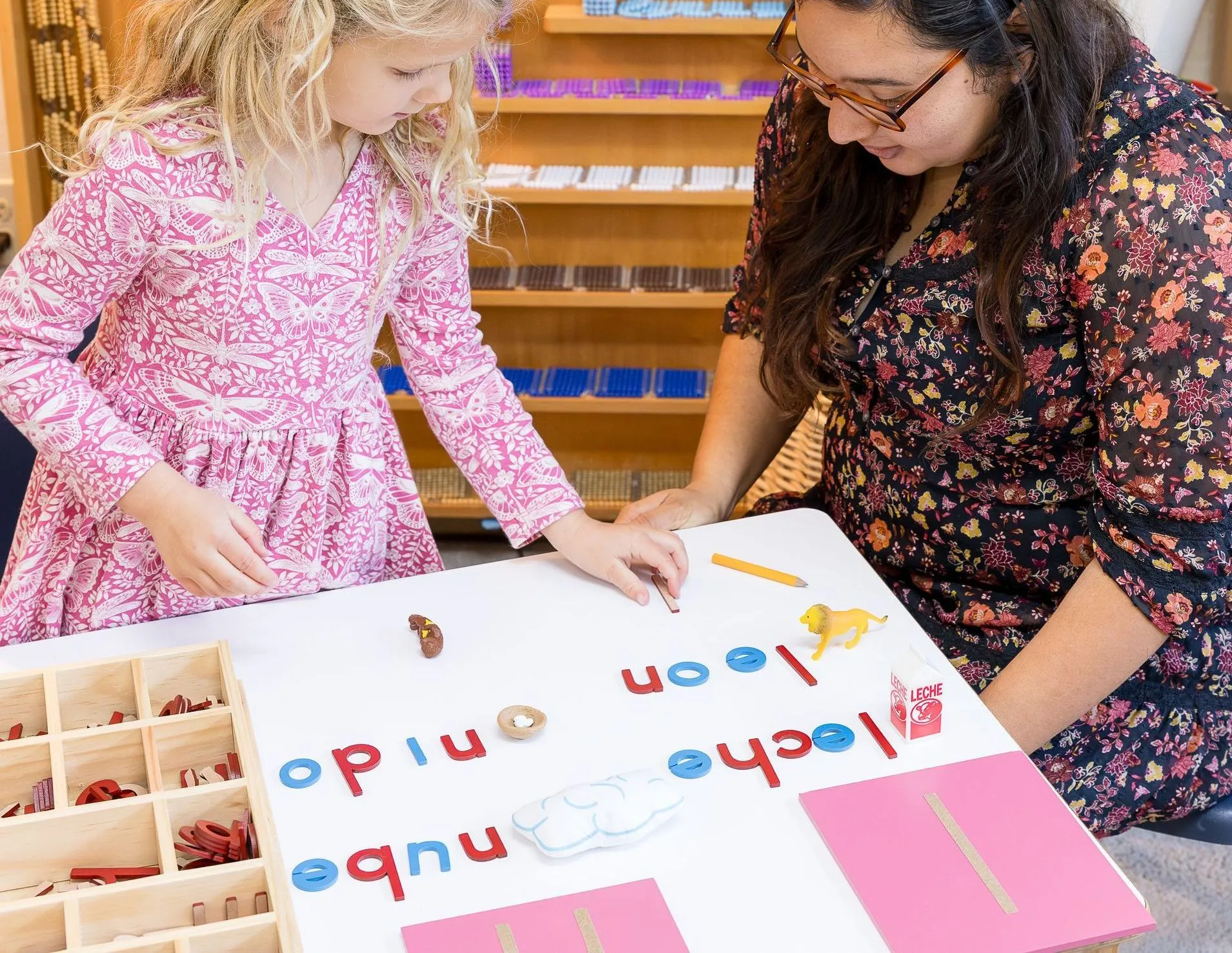
-1920w.webp)
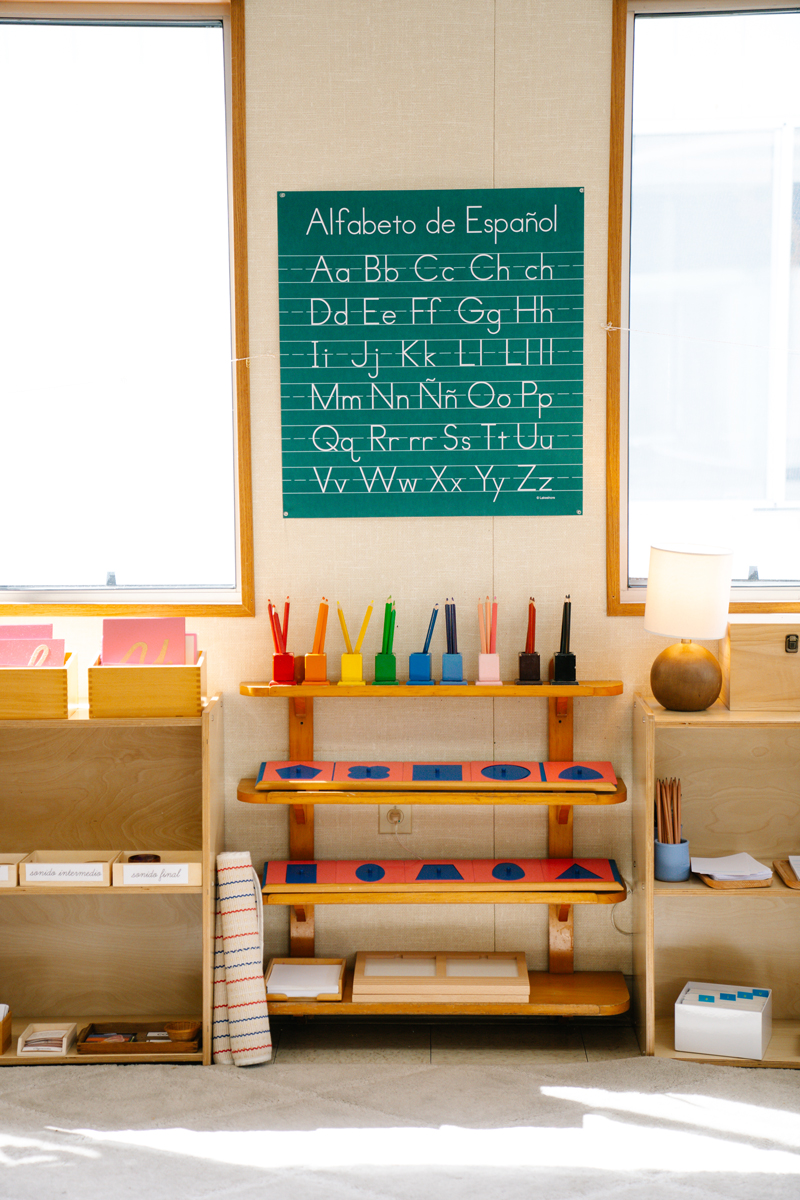
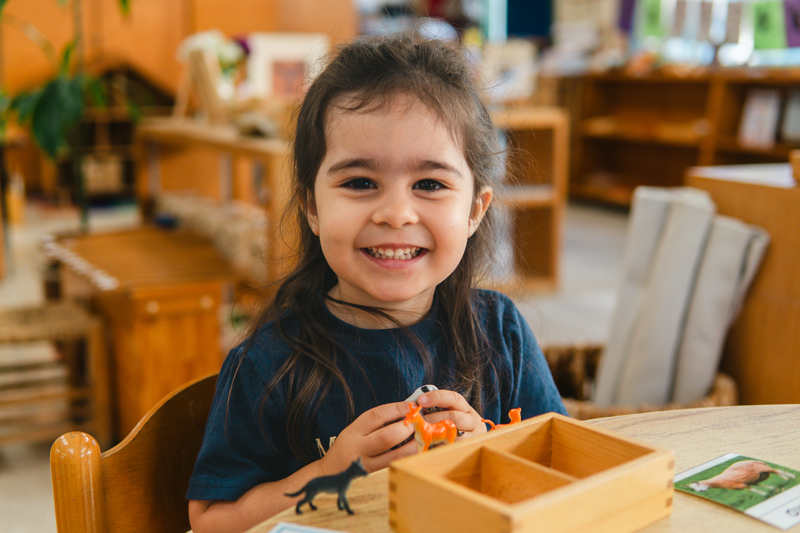





-1920w.webp)


¡Aprendizaje Montessori en español!
Our Montessori Spanish immersion program offers an enriching bilingual experience that goes beyond language learning to foster academic and metacognitive growth. Immersing students in Spanish from an early age, the approach promotes cognitive flexibility, problem-solving skills, and creative thinking, laying a strong foundation for future academic success. As children navigate between languages, they develop a heightened awareness of language structures and cultural nuances, boosting their overall cognitive abilities. This bilingual approach also nurtures adaptability and resilience, essential skills for lifelong learning. Through engaging, hands-on activities and a supportive environment, our program ensures that children thrive both academically and personally.
Join us to give your child the gift of bilingualism and a lifelong love for learning!
Our Spanish immersion program is currently available for children ages three through 2nd grade. We are expanding the program upward through 6th grade, one grade level at a time, and will begin to serve 3rd graders in the 2026-27 school year.
Interested in learning more about enrolling your child in our Primary or Lower Elementary Spanish immersion classrooms? We invite you to submit an inquiry form today!
Learn more!
We invite you to submit an inquiry form, schedule a virtual tour & chat, and visit campus at one of our upcoming admissions open houses.




